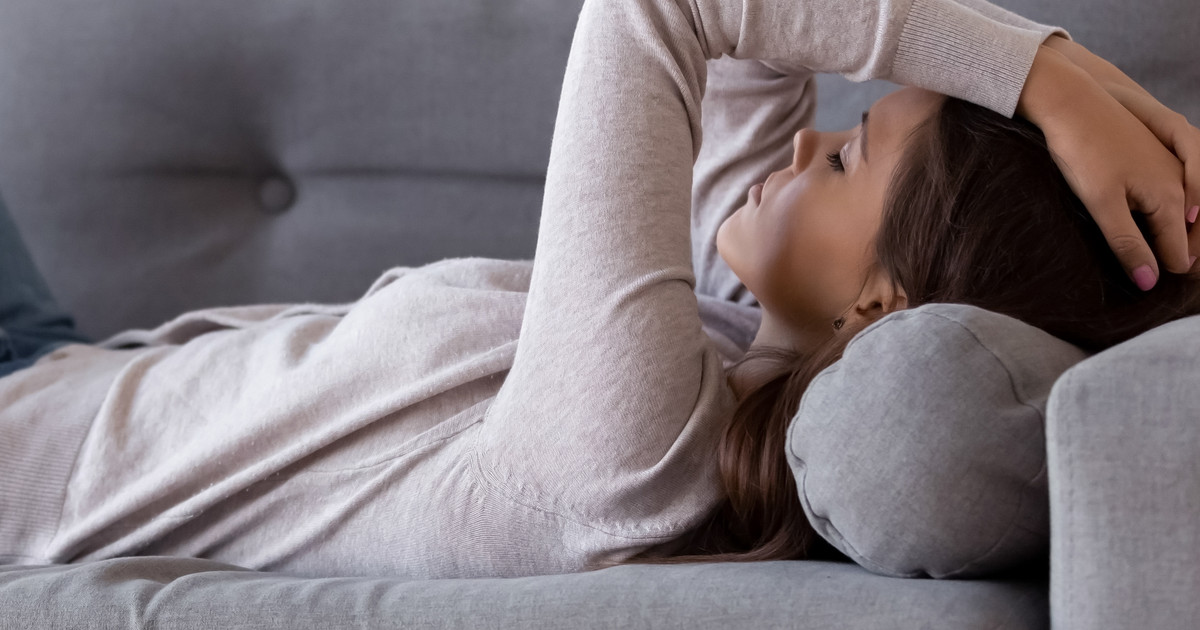What Are The Signs Of Seasonal Affective Disorder?
Seasonal affective disorder (SAD) seems to be a type of depression. It does not seem to be a constant condition. Instead, patients may only experience it during one season. The most common season for this condition appears to be the winter. Patients may notice their symptoms start in the fall and worsen during the winter. However, they may disappear at the end of winter. Although winter may be the most common time for seasonal affective disorder, cases seem to have appeared in the spring and summer as well.
Common depression treatments may also be helpful as treatments for seasonal affective disorder. Some patients find success with mediation for depression. It seems that psychotherapy for depression also treats this condition. Alternative therapies for depression may also be used. One example appears to be light box therapy for depression. Patients typically need to have a special seasonal affective disorder lamp if this method has a chance at working. Of course, an understanding of their symptoms may increase the effectiveness of their SAD treatment.
Issues Concentrating
Patients may deal with issues concentrating due to this condition. Seasonal affective disorder seems to make it harder for them to absorb information and focus. This appears to be quite similar to other types of depression. Issues concentrating may end up causing job performance problems. This symptom seems to affect students as well, and they may have problems paying attention in class. Missing assignments appear to be common. Their grades may be quite low too.
At home, patients may find it hard to finish daily tasks. Their concentration may mean falling behind on household chores. They may not put as much effort towards other parts of their life where they once did as well.
Reveal more potential signs of seasonal affective disorder now.
Low Energy
One of the first symptoms of this condition seems to be low energy. It may be the only sign for some patients. Low energy may start in the fall. The lack of energy and fatigue may worsen as the days get shorter. It appears that this symptom occurs due to the lack of direct sunlight in the winter. The patient's brain may find it harder to stay awake. However, this symptom should disappear once winter has ended.
Patients may try light therapy for this symptom. Special lamps should mimic the effects of direct sunlight. However, these lamps do not seem to treat vitamin D deficiencies. Unfortunately, a lack of vitamin D can be a trigger for seasonal affective disorder. This may be because a strong source of vitamin D is the sun.
Discover more potential symptoms of seasonal affective disorder now.

